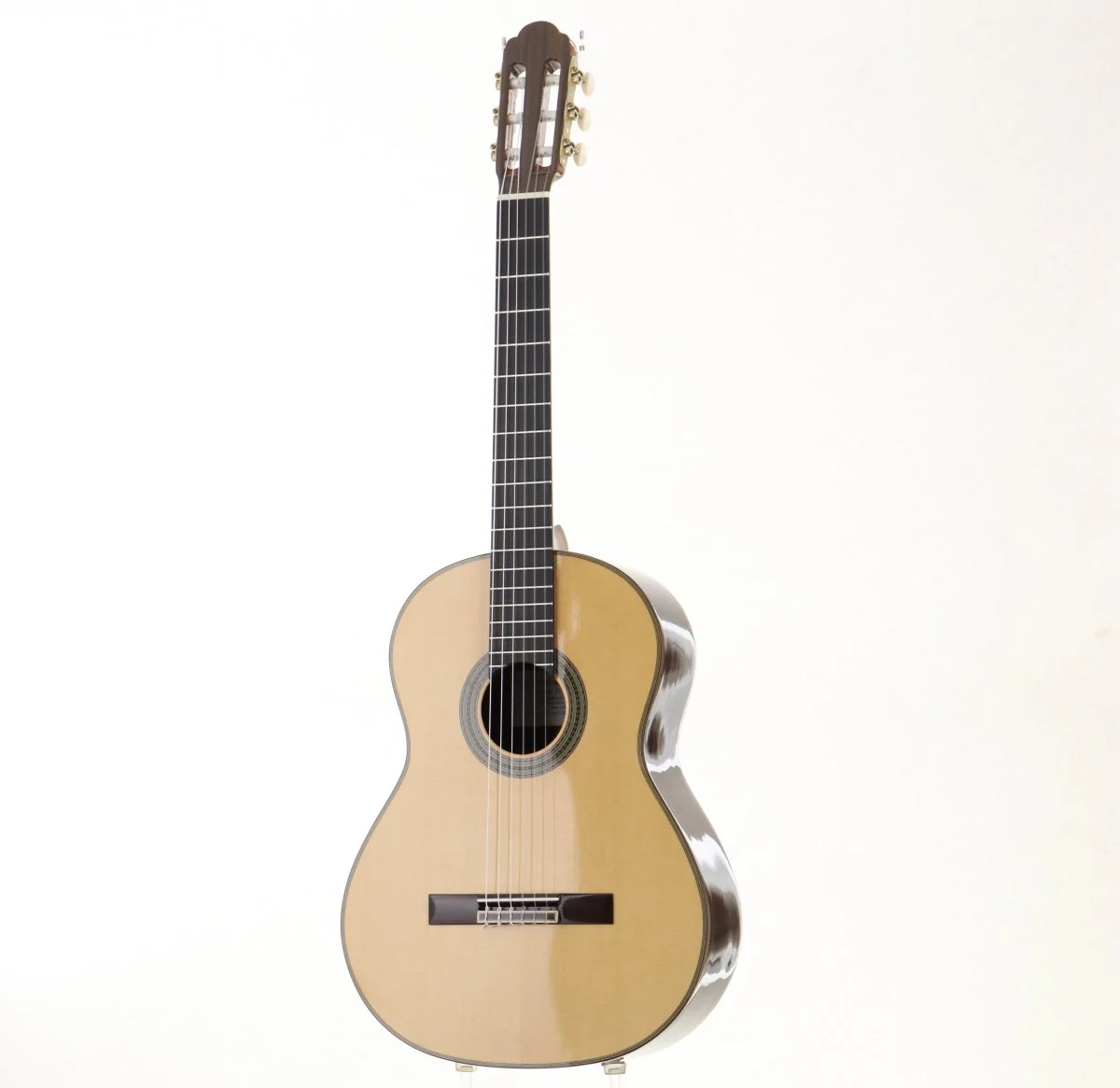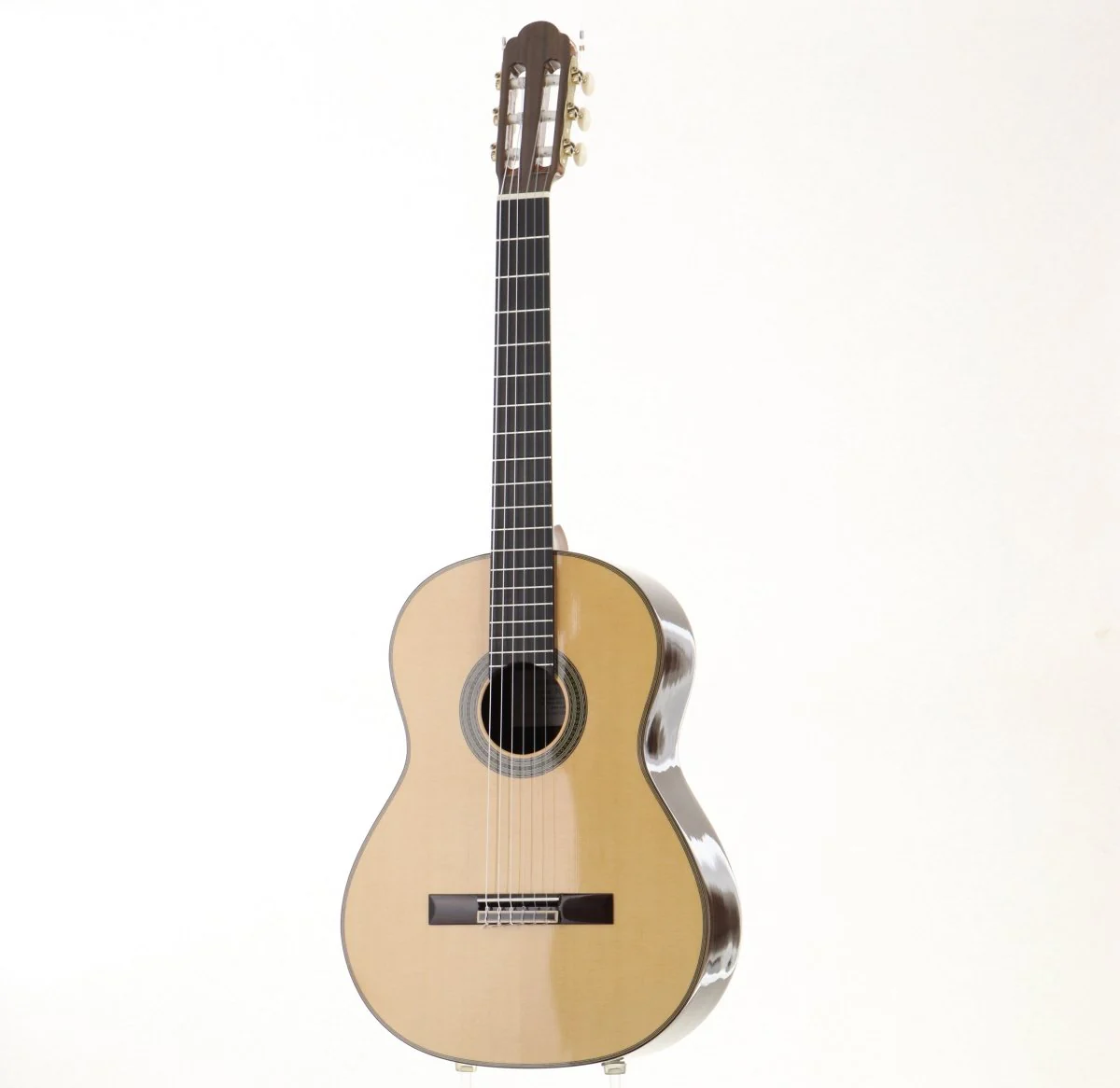The leona is a traditional Mexican stringed instrument, integral to the son jarocho musical style of Veracruz. Resembling a guitar in shape, it features a robust body and typically has four strings. As a low-pitched instrument, the leona provides the bass foundation in son jarocho ensembles, complementing higher-pitched instruments like the jarana and requinto. Its deep, resonant tones are essential for the genre’s harmonic and rhythmic structure.
Classified as a fretted string instrument, the leona belongs to the chordophone family. It is played by plucking or strumming its strings, producing sound through the vibration of the strings amplified by its hollow wooden body. Within the son jarocho ensemble, the leona serves as the bass instrument, anchoring the musical composition with its rich, low-frequency sounds.
History
The Leona is a traditional Mexican stringed instrument, primarily used in the son jarocho music of Veracruz. It is a member of the guitarra de son family and serves as the bass instrument in an ensemble. Historically, the Leona evolved from Spanish stringed instruments brought to Mexico during the colonial period, incorporating indigenous and African influences over time. Typically crafted from a single piece of wood, it features four nylon or gut strings, played with a pick to produce a deep, resonant tone. Its role is to provide rhythmic and harmonic support, complementing the higher-pitched requinto and jarana. Though less common than other son jarocho instruments, the Leona remains an essential part of traditional Mexican folk music, preserving its rich cultural heritage.
Construction and Design
The Leona is a traditional Mexican stringed instrument, primarily used in son jarocho music, a folk genre from the Veracruz region. It is a small, deep-bodied guitar-like instrument, typically carved from a single piece of wood, such as cedar or mahogany, ensuring resonance and durability. The top is often separate and made from a different wood, such as spruce, to enhance its tonal qualities. The Leona usually has four nylon or gut strings and is tuned lower than other instruments in the son jarocho ensemble, giving it a rich, warm, and deep tone that serves as a bass voice in the music.
Its fingerboard is fretless or lightly fretted, allowing for a smooth gliding sound characteristic of traditional Mexican music. The soundhole is often adorned with intricate carvings, reflecting local craftsmanship. The bridge and saddle are designed to support the tension of the strings while maintaining proper intonation. Despite its small size, the Leona produces a powerful, resonant sound, making it an essential rhythmic and harmonic foundation in son jarocho ensembles.
Types
Within the son jarocho tradition, variations of the leona exist to fulfill different musical roles. The standard leona, with its four strings, provides the primary bass accompaniment. A larger variant, known as the león or vozarrona, serves as the lowest-pitched instrument in the ensemble, offering even deeper bass tones. These variations allow for a rich harmonic layering within performances, with each type of leona contributing a unique tonal quality to the overall sound.
Characteristics
The leona is characterized by its deep, resonant sound, which forms the harmonic foundation of son jarocho music. Its robust construction and larger body size enable it to produce low-frequency tones that are both powerful and warm. The instrument’s four strings are typically tuned in intervals that complement the other instruments in the ensemble, creating a cohesive and balanced sound. The leona’s design allows for both rhythmic strumming and melodic plucking, making it a versatile component in musical arrangements.
Playing Techniques and Sound Modifications
The Leona, a traditional Mexican string instrument, is primarily played by plucking its thick nylon strings with a plectrum or fingers, producing a deep, resonant bass tone that complements the higher-pitched instruments in a Son Jarocho ensemble. Due to its larger body and shorter scale length, musicians often emphasize rhythmic and percussive plucking, creating a driving foundation for the music. To modify its sound, players can vary their attack—using soft fingerpicking for a mellow tone or forceful strumming for a more percussive effect. Additionally, palm muting near the bridge helps achieve a more staccato, rhythmic quality. Some musicians incorporate slight bends or vibrato to add expressiveness, though these techniques are less common. The natural acoustics of the Leona’s wooden body enhance its warm, earthy timbre, and some players experiment with alternate tunings to adapt the instrument to different musical styles. In modern settings, amplification and subtle effects like reverb or EQ adjustments can further shape its sound for contemporary performances.
Applications in Music
It is a bass-register instrument in the jarana family and is often played alongside the jarana, requinto jarocho, and harp.
Son Jarocho Ensembles: The leona provides the bass foundation in son jarocho music, a traditional folk genre from Veracruz, Mexico. It complements the rhythm and harmony of the jarana and requinto jarocho.
Accompaniment in Traditional Music: Used in fandangos, a communal music and dance gathering in Veracruz. Often played with a percussive style, similar to an acoustic bass guitar.
Folk and Contemporary Adaptations: Some modern folk musicians incorporate the leona into fusion genres, blending it with rock, jazz, and world music. Groups like Los Cojolites and Son de Madera use the leona in innovative ways.
Recording and Performance: Featured in recordings of traditional Mexican music. Often heard in live performances that showcase Mexican cultural heritage.
Educational and Revival Efforts: Used in music education programs in Mexico to teach traditional music. Part of efforts to preserve and revive son jarocho traditions worldwide.
Cultural Significance
The leona holds a significant place in the cultural heritage of Veracruz and Mexico as a whole. As an integral part of son jarocho ensembles, it contributes to a musical tradition that reflects the region’s diverse cultural history. The instrument symbolizes the blending of different cultural influences and serves as a medium for community expression and storytelling. Festivals, dances, and social gatherings often feature the leona, highlighting its role in preserving and promoting Mexican musical traditions.
Maintenance and Care
Proper maintenance of the leona is essential to preserve its sound quality and longevity. Regular cleaning of the instrument’s body and strings helps prevent the buildup of dirt and oils that can affect performance. It is advisable to store the leona in a controlled environment to protect it from extreme temperatures and humidity, which can cause the wood to warp or crack. Periodic inspection and adjustment of the tuning pegs and frets ensure optimal playability. Replacing worn strings promptly maintains the instrument’s tonal integrity. Consulting with a skilled luthier for repairs and maintenance can help address any structural issues and keep the leona in excellent condition.
Advantages and Disadvantages
The leona offers several advantages, including its rich, resonant bass tones that are essential for son jarocho music. Its robust construction provides durability, and its versatility allows for both rhythmic and melodic playing styles. However, the instrument’s larger size may pose challenges for portability and handling, especially for smaller musicians. Additionally, the traditional method of crafting the leona from a single piece of wood can make it more expensive and less accessible to some players. Despite these considerations, the leona remains a cherished instrument for its unique sound and cultural significance.
For a visual and auditory experience of the leona, you may




















